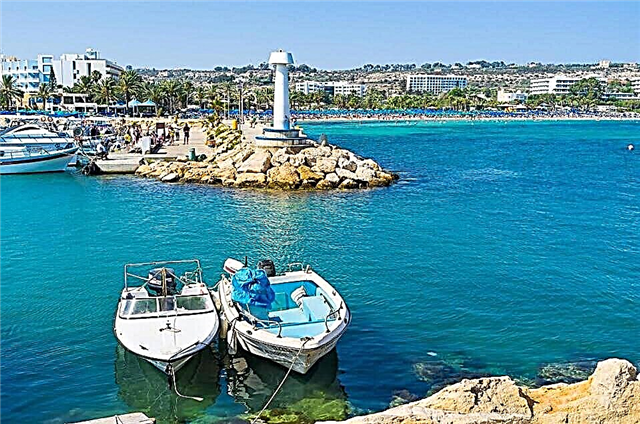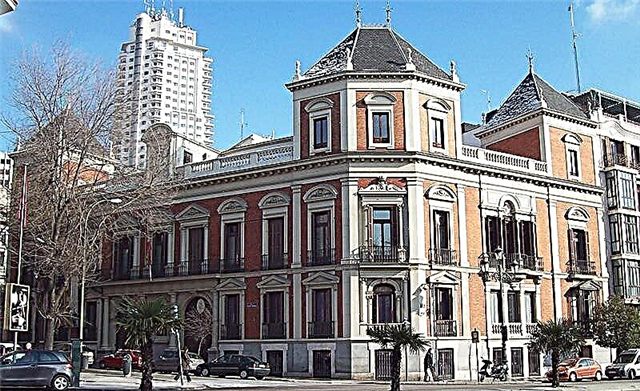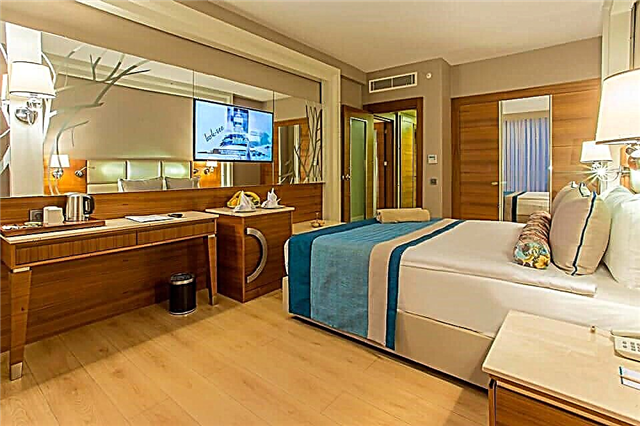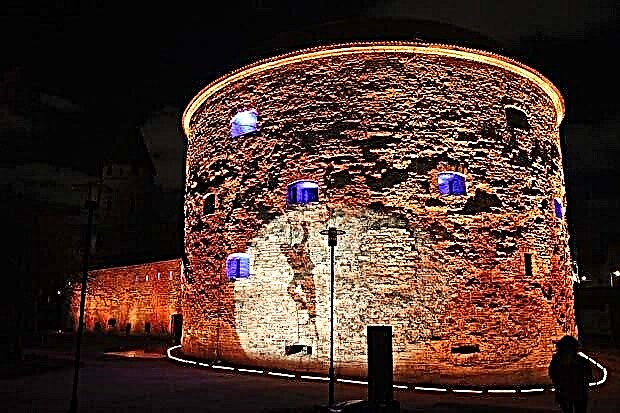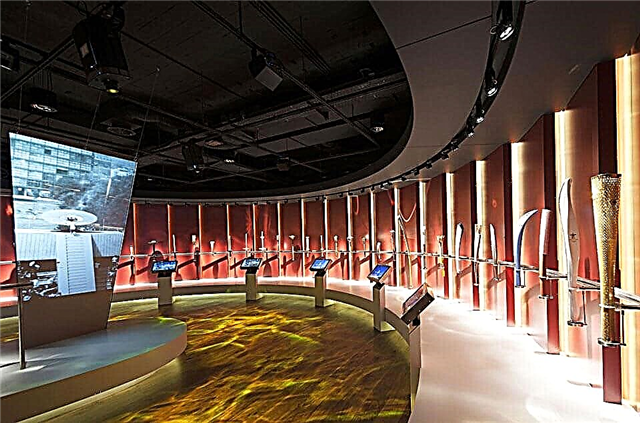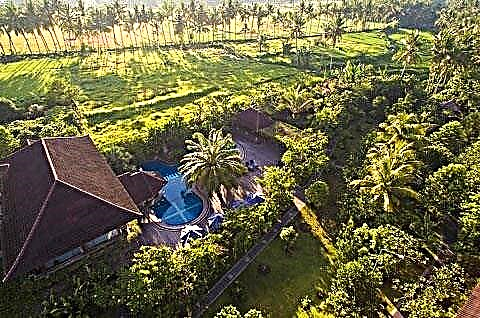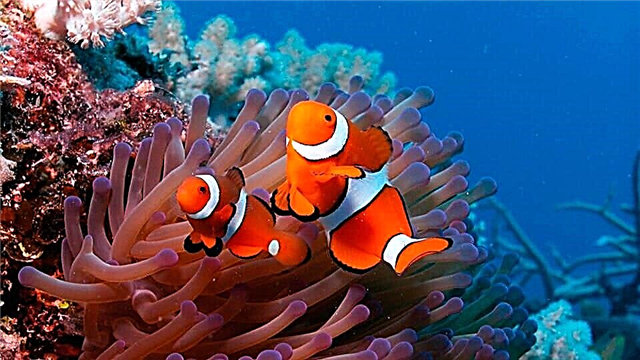The main city of Germany has dozens of historical, cultural and natural attractions. But none of them evokes such sincere and joyful emotions as the Berlin Zoo - the oldest zoological garden in the country. Situated in the heart of the western part of the German capital, the 35 hectare green oasis invites you to spend an exciting day in the company of more than 19,500 representatives of the fauna.
History

In 1841, the famous German geographer, naturalist Alexander von Humboldt, African explorer Martin Hinrich Lichtenstein and Prussian garden artist Peter Joseph Lenne petitioned Kaiser Friedrich Wilhelm IV to create the country's first zoo. Three years later, a zoological garden under the leadership of Liechtenstein was opened on the territory that belonged to the imperial pheasant court. Its first inhabitants were the animals given by the king from the menagerie located in the nearby Tiergarten park.
In 1869, the doctor and biologist Heinrich Bodinus took over as director. From that moment on, the zoo turned into a place of residence for exotic inhabitants of the planet. Over the course of two years, the houses of giraffes and antelopes, ostrich enclosures and elephant pens were equipped. In 1913, a building of the aquarium, decorated with the reliefs of prehistoric monsters and mosaics, appeared - home for 400 species of inhabitants of the hydrosphere.
In 1899, a unique Japanese-style arch - elephantter - was erected at the main entrance. Two figures of Elbe sandstone elephants carry heavy columns on their backs. They are crowned by a curved red and green pagoda roof decorated with gilded East Asian carvings. The work of art was destroyed by bombing in 1943 and rebuilt in 1982.

The Second World War spared neither people, nor animals, nor birds. Of the 3,700 four-legged and winged inhabitants of the zoological garden, only 90 survived. Most of the buildings and sculptures were destroyed. The revival of the zoo dates back to 1956. Thanks to the new director - the scientist Katharina Heinroth - and donations from the townspeople, work began on the reconstruction of buildings and the restoration of the number of animals. Today Berlin Zoo receives about 3 million visitors annually and, according to Forbes, is one of the ten best zoos in the world.
Animals

There are no usual cramped cages, from the depths of which drooping animals gaze at visitors. While equipping this unique corner of nature, the employees have done a tremendous job to recreate the natural habitat of the representatives of the biological kingdom. Herbivores are separated from well-groomed paths by a small moat, predators live in spacious fenced pens and comfortable pavilions, and birds - in huge enclosures.

Each visitor receives a detailed map of the territory. To the right of the central entrance is the big cats area. In winter, carnivores live in a heated pavilion, and in the warm season they go out into the open air, where they hide among the rocks and green thickets from annoying tourists. Roe deer, red deer, reindeer, bison, anoa, bantengs and gauras graze peacefully in the vicinity of predators in the company of cranes and herons. Nearby, in a small reservoir, the edges of which you can touch with your hand, funny penguins scurry back and forth.

It is always crowded by an artificial lake surrounded by a rocky shore. California sea lions - the proud giant Bulle Enzo and his harem - under the guidance of their two-legged friends, delight the audience with an exciting show every day. They do dizzying somersaults, jump over the ring, catch frisbees, balance with the ball on their nose and blow kisses to everyone. After the performance, pinnipeds gather around the trainers, gently touching their faces with their mustached muzzles. "This is Love?" - the audience is asking. “No, rather, begging for tasty herring,” the mentors laugh.

Members of the pack of polar wolves patrol their domains. Two bears - a Himalayan and a sloth bears - waddle along the bank of a small river. A little in the distance, from the top of the rocky ridge, huge polar bears gaze at the guests. Nearby there is a giant Aviary - the home of many noisy winged birds, among which the rare hornbill and the Australian kubara occupy a special place.

The pool for hippos shines with cleanliness. Through the thick glass, an amazing picture opens up in front of the enthusiastic spectators: a family of hippos play together and leisurely float in the water, and curious cubs now and then swim up to the transparent fence to look at people. Nearby are the rhino aviary, a spacious elephant corral and a house of antelopes and giraffes, which looks like an oriental palace.

There is also a children's zoo. Younger guests can pet and feed sheep, goats and cheerful piglets. The kids also stay for a long time in the monkey zone, where the local watchman - 60-year-old gorilla Fatu - professionally poses for photographers. The queue for newcomers to Berlin Zoo is not thinning - a pair of young pandas who arrived from China in the summer of 2017.
Animal feeding

At the Berlin Zoo, it is strictly forbidden to give animals food brought with you. Each local has a separate diet developed by veterinarians. The diet can be found in special pavilions. A daily menu is displayed behind glass display cases: the products that employees feed their pets. In good weather, those who wish can watch the process of dispensing "lunches".
Feeding schedule:
- seals - at 10:30
- pandas - at 11:00 and 16:00
- elephants - at 11:30 (from 01.03 to 30.11)
- gorillas: at 11:30 and 14:00
- wolves - at 13:30 (except Wednesday)
- chimpanzees and orangutans - at 13:30
- king penguins - at 14:00
- hippos - at 14:30
- California Sea Lions (Feeding & Show) - 15:15
- pelicans - at 15:30
Aquarium
In 1869, the first aquarium in the capital was opened on the boulevard Unter den Linden. After 31 years, the city authorities decided to close an unprofitable enterprise in the center of Berlin. A new building for the inhabitants of the hydrosphere was erected in 1913 on the territory of the zoo. Today, fish, reptiles, amphibians and insects have found their home on three floors of a historic building located to the right of the main entrance. In total, 13,000 animals live here and 250 plants grow.
On the first floor, guests enter the semi-dark kingdom of Neptune. Instead of walls, there are reservoirs filled with water, in each of which a certain temperature, salinity and lighting are maintained. The owners of the underwater world, not paying attention to the audience, go about their business. Blacktip reef sharks patrol the territory, transparent jellyfish soar, clown fish frolic in the corals, and funny seahorses watch them, disguising themselves among the algae.

The reptile hall welcomes visitors with moist air. Among tropical plants, turtles move slowly, tuataras scurry about and scaly reptiles ominously stick out their forked tongues: king snakes, cobras, copper-headed snakes, a 4-meter yellow anaconda, a boa constrictor and a python. Small crocodile caimans and sharp-nosed Gangetic gavials doze under a glass dome next to a shallow reservoir.
The third floor is the kingdom of insects and tailless amphibians. Small spiders, caterpillars and grasshoppers are sometimes difficult to distinguish among thickets of grass, which cannot be said about larger creatures. The furry 30-centimeter tarantula spider causes fear, even being behind the glass, and the blue color of the poison dart frog is perfectly visible behind the bright plants.
Opening hours and ticket prices
The doors of the Berlin Zoo are open 365 days a year. Opening hours depend on the season:
- from 26.02 to 25.03 - from 09:00 to 18:00
- from 26.03 to 23.09 - from 09:00 to 18:30
- from 24.09 to 28.10 - from 09:00 to 18:00
- from 29.10 to 25.02 - from 09:00 to 16:30
The zoo is open until 14:00 on December 24 and 31.
Tickets can be bought online on the official website or at the box office.
The cost of visiting a zoo or aquarium area:
- adults - € 15.50
- children (4-15 years old) - 8 €
- groups of 1 adult and children - 26 €
- groups of two adults and children - 41 €
- pupils, students, people with disabilities - 10.50 €
The cost of visiting the zones of the zoo and aquarium:
- adults - 21 €
- children (4-15 years old) - 10.50 €
- groups of 1 adult and children - 35 €
- groups of two adults and children - 51 €
- schoolchildren, students, people with disabilities - € 15.50
For those of you who are frequent visitors to the metropolis, Berlin Zoo offers a combined annual pass. Its cost is 73 € for adults and 37 € for children.
Where is it located and how to get there
The main zoo in the German capital has two entrances. The main gate is located at Budapester Strasse, 32. You can get here by:
- Bus no. 200 - stop Budapester Str.
- Metro. Lines U1, 2, 3 - Wittenbergplatz station. When you exit, turn right and walk 280 m along Ansbacher Strasse. At the intersection with Kurfürstenstraße, turn left and after 110 m turn right onto Budapester Strasse. After 60 m you will see the arch of the zoological garden.
The second entrance, located at Hardenbergplatz 8, lies in the immediate vicinity of the Zoologischer Garten train station, one of the city's central transport hubs. Here metro lines, regional trains, city trains and main bus routes intersect:
- U-Bahn (underground): lines U2 and 9 to Zoologische Garten station or U1 to Kurfürstendamm
- S-Bahn (commuter trains): lines S3, 5, 7, 9 to Zoologische Garten station
- Regional Bahn (trains): lines RE1, 2, 7 and RB14, 21 and 22 to Zoologische Garten station
- Bus (buses) №№ M45, 46, 49; X9, 10, 34; TXL; 100, 109, 110, 200, 204, 245 and 249 to the Zoologische Garten stop
Note for tourists: Berlin has prepared another gift for guests in love with the world of fauna - the second city zoo Tierpark, which is located in the eastern part of the capital on an area of 160 hectares. The vast territory of the landscape safari park is home to 9,000 animals in conditions as close as possible to natural conditions. Address: Am Tierpark 125.

